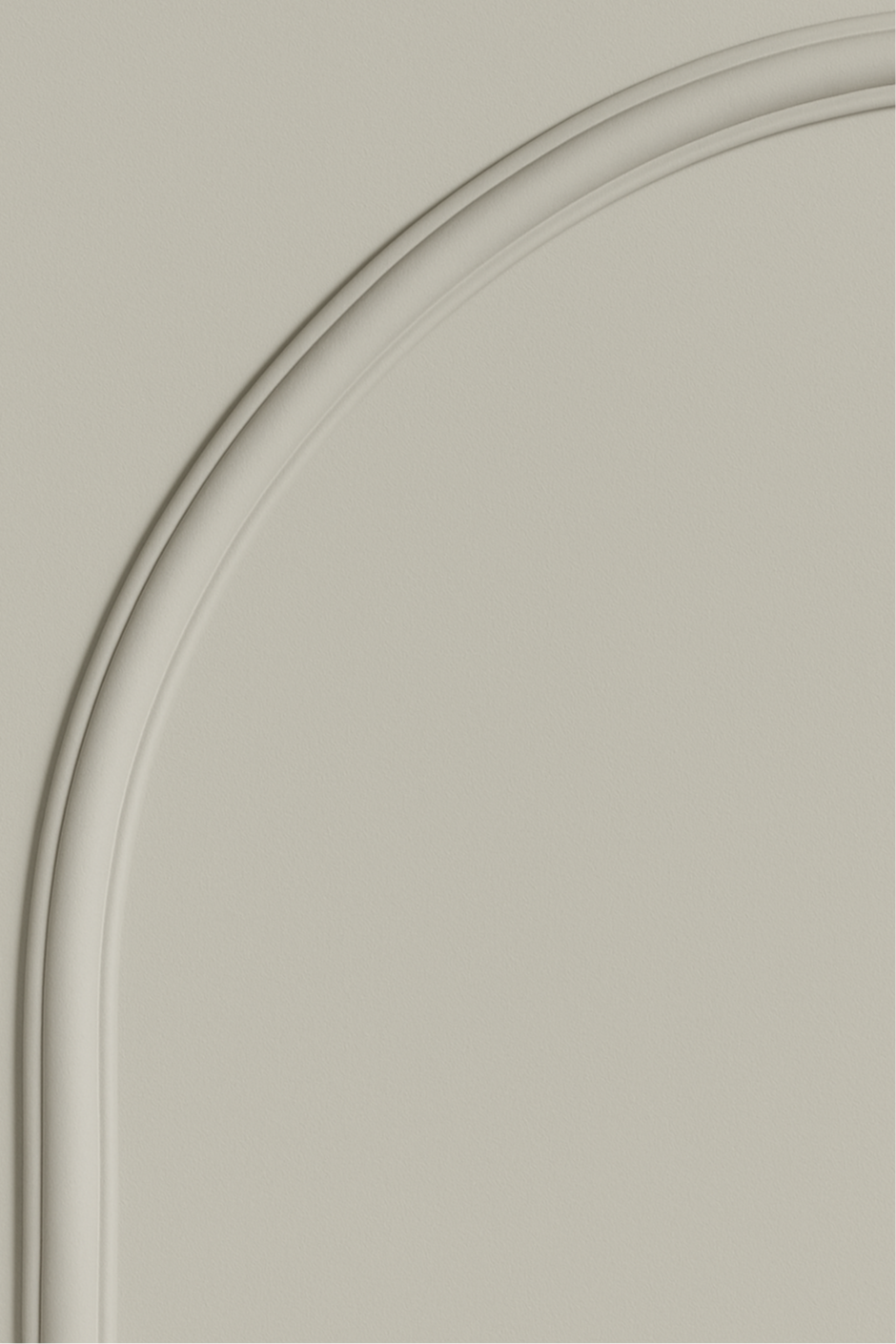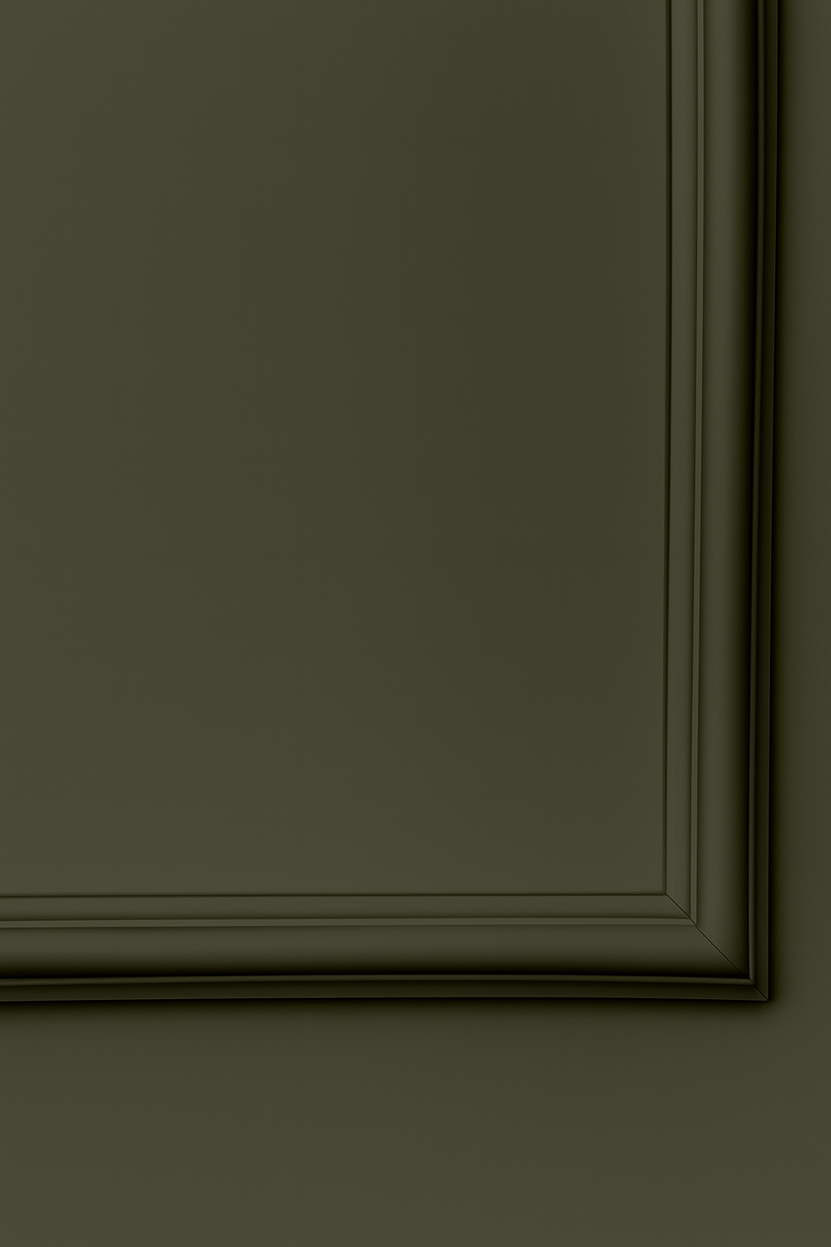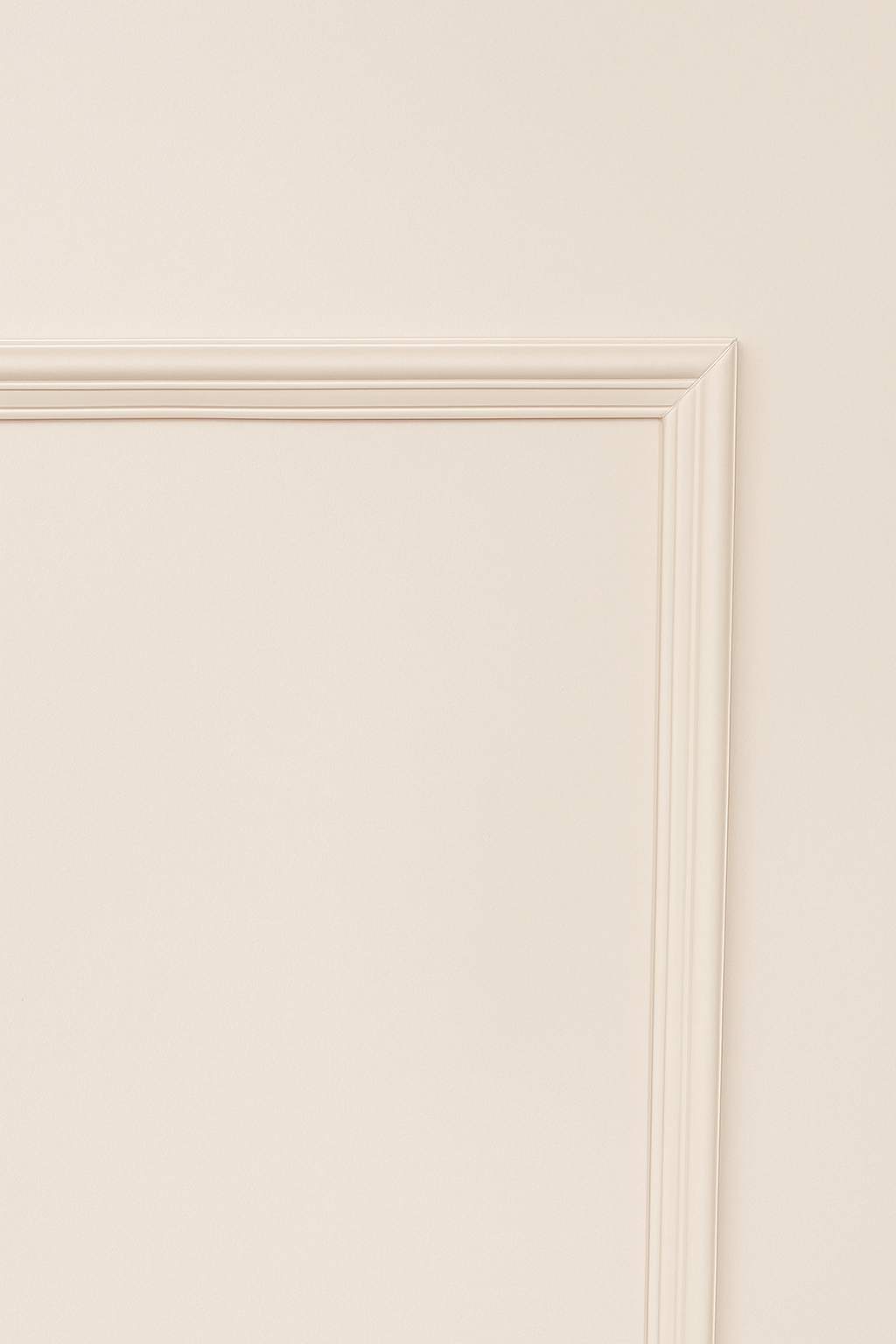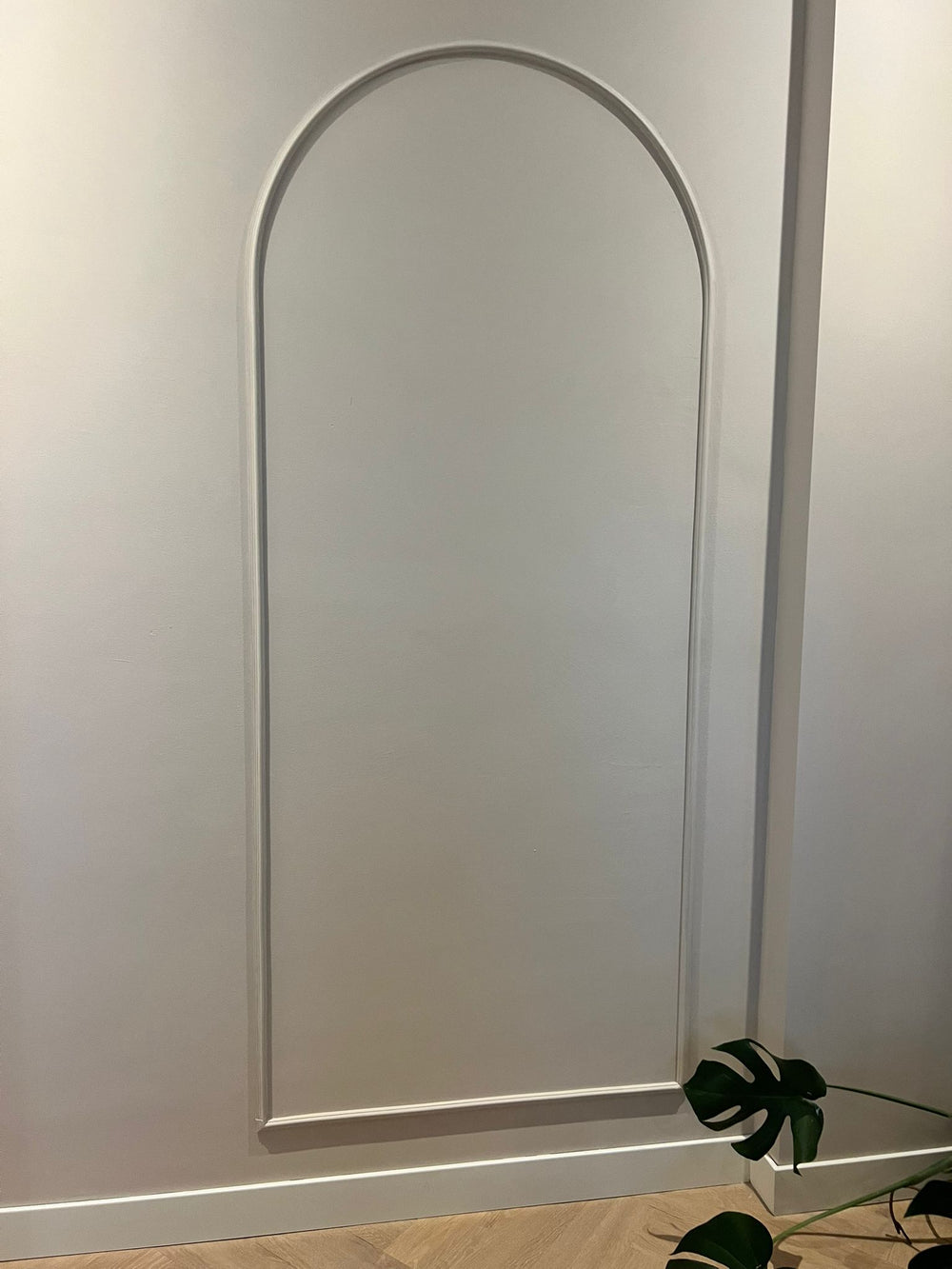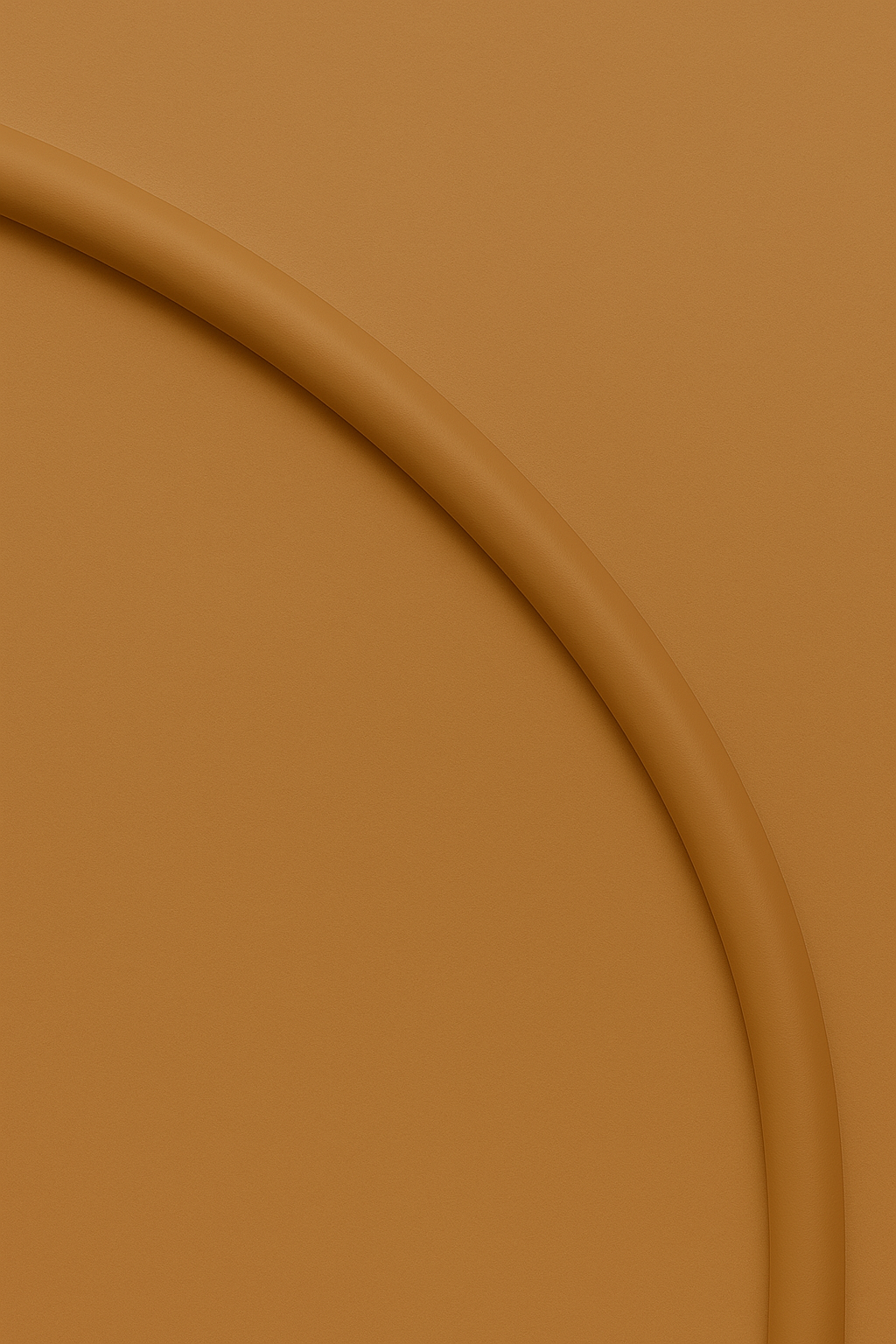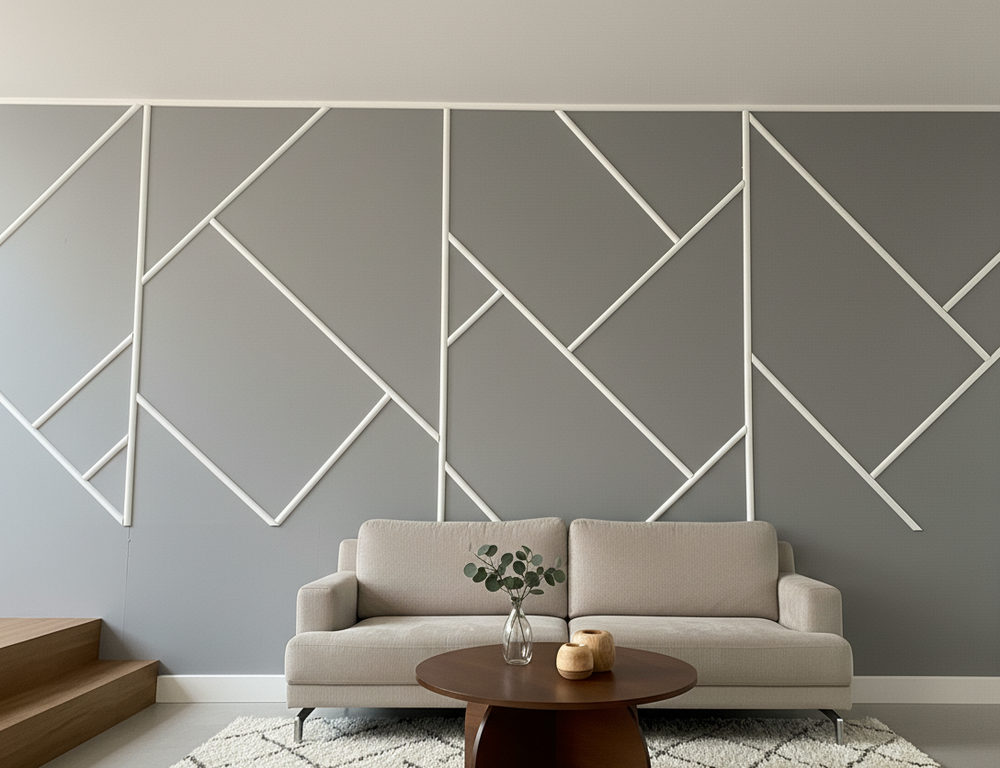Alles über Zierleisten – So verleihen Sie Ihrem Interieur ganz einfach Charakter
In diesem Leitfaden zu Formteilen:
Stuckleisten verleihen Ihren Wänden Charakter – ganz ohne Renovierung, ohne Werkzeug und ohne Stress. Früher klassisch und kompliziert, sind Stuckleisten heute modern und flexibel und können ganz einfach selbst angebracht werden. Dieser Leitfaden erklärt Ihnen alles Wissenswerte über Stuckleisten: von Arten und Stilen über Montage und Anwendung bis hin zu Inspiration.
Mit den flexiblen, selbstklebenden Leisten von Velida schaffen Sie ganz einfach Rhythmus und Atmosphäre in Ihrem Interieur. Ob Symmetrie, Eleganz oder eine auffällige Akzentwand – alles an nur einem Nachmittag.
Was sind Formteile?
Leisten sind dekorative Profile, die an Wänden angebracht werden und Ihrem Interieur Struktur, Tiefe und Eleganz verleihen. Sie sind ideal für alle, die einen Raum ohne größere Renovierungsarbeiten verschönern möchten. Im Gegensatz zu herkömmlichen Leisten, die oft schwer und aufwendig zu montieren sind, bietet Velida eine moderne Lösung: flexible Leisten auf der Rolle, ausgestattet mit einem starken Klebestreifen namens Flexlijsten.
Unsere Flex-Leisten sind für die Wandmontage konzipiert und können in geraden Linien, Rahmen oder sogar geschwungenen Formen angebracht werden. Sie sind überstreichbar, flexibel und für nahezu jeden Raum im Haus geeignet.

Was ist der Unterschied zwischen Wandleisten, Deckenleisten und Flexleisten?
Wandleisten
Wandleisten, auch Wandprofile genannt, werden direkt an der Wand angebracht. Sie dienen zur Gestaltung dekorativer Rahmen, Wandvertäfelungen oder Paneele und eignen sich ideal, um einem Raum Struktur und Rhythmus zu verleihen.
Deckenleisten
Deckenleisten werden, wie auch Kronenleisten, traditionell am Übergang zwischen Wand und Decke angebracht. Sie verleihen einem Raum einen vollendeten, klassischen Charakter und erfordern in der Regel mehr Erfahrung bei der Montage.
Flexliste von Velida
Velida Flexliste vereinen die Ästhetik traditioneller Leisten mit modernem Komfort: Sie sind leicht, flexibel, selbstklebend und überstreichbar. Dank des flexiblen Materials lassen sie sich mühelos biegen, um gerade Linien, Kurven oder organische Muster zu erzeugen.
Entdecken Sie unsere Flexlisten →

Warum sollten Sie sich für Zierleisten für Ihre Inneneinrichtung entscheiden?
Dekorative Stuckleisten entsprechen perfekt den heutigen Wohnbedürfnissen: Stilvolles Wohnen mit minimalem Aufwand. Sie bieten:
- Ruhe und Rhythmus in Ihrem Interieur: durch das Hinzufügen von Rahmen, Linien und Symmetrie.
- Ein luxuriöser Look ohne Renovierungsarbeiten: Sie können ihn an einem Nachmittag selbst auftragen.
- Selbstdarstellung und Kreativität: von Basic bis Bogenform, von Ton-in-Ton bis kontrastierenden Akzenten.
Da Sie sie selbst zuschneiden und anbringen, haben Sie die vollständige Kontrolle über das Design und können jeden Raum einzigartig machen.

Zu welchen Einrichtungsstilen passen Zierleisten?
Ein Zuhause wirkt erst dann wirklich vollendet, wenn es Charakter ausstrahlt. Dekorative Leisten sorgen für ein besonderes Ambiente und passen überraschend gut zu vielen Einrichtungsstilen. Dank der Flexibilität, Selbstklebung und Überstreichbarkeit der Velida Flex-Leisten können Sie sie mühelos an Ihren persönlichen Geschmack anpassen.
Japandi: Ruhe, Einfachheit und weiche Linien
Der Japandi-Stil strahlt Minimalismus und Wärme aus. Flex-Profile ergänzen dies perfekt: Biegen Sie sie zu eleganten Bögen oder nutzen Sie sie, um eine Nische dezent einzurahmen und so ein Gefühl von Ruhe und Harmonie zu vermitteln.
Hotel Chique: Symmetrie, Luxus und Erhabenheit
Im Hotel Chique dreht sich alles um edle Materialien und Symmetrie. Hier glänzen Zierleisten in stilvollen Wandrahmen und verleihen Ihrem Interieur einen hochwertigen Look – ganz ohne viel Aufwand.
Sehen Sie sich den Hotel Chic Guide an →
Organic Modern: natürlich und ausgewogen
Organisch Moderne Innenräume zeichnen sich durch fließende Linien und organische Formen aus. Flexible Leisten eignen sich hierfür ideal: Gestalten Sie eine runde Nischendekoration oder rahmen Sie eine Bogentür mit einer dezenten Struktur ein.
Sehen Sie sich den Organic Modern Guide an →
Minimalistisch: Ton in Ton und dezente Akzente
Weniger ist mehr. Hier setzen schlichte, Ton-in-Ton-Formteile architektonische Akzente. Nutzen Sie sie, um eine Fläche an der Wand einzurahmen und ein subtiles Spiel aus Licht und Schatten zu erzeugen.
Minimalisten-Leitfaden ansehen →
Klassisch & Zeitlos: Eleganz und Symmetrie
In einem klassischen Interieur sind Zierleisten ein Muss. Denken Sie an Wandvertäfelungen im Flur oder stilvolle Wandpaneele im Wohnzimmer. Diese Elemente verleihen Tiefe, Rhythmus und Eleganz.
Sehen Sie sich den Classic & Timeless Guide an →
Du bist dir noch nicht sicher, welcher Stil am besten zu dir passt? Entdecke unsere Ratgeber und lass dich inspirieren.
Materialien und Ausführungen
Aussehen, Haltbarkeit und Montage von Zierleisten hängen maßgeblich vom gewählten Material ab. Nachfolgend finden Sie detaillierte Informationen zu den verfügbaren Materialien, Ihrer Montagefreundlichkeit und warum Velida Flex Moldings eine intelligente und moderne Lösung sind.
MDF-Formteile
MDF ist robust und lackierbar. Es ist besonders im klassischen Interieur beliebt, erfordert aber etwas Geschick. Die Montage erfordert präzises Sägen, Kleben oder Schrauben.
Formteile aus Kunststoff (Polyurethan)
Kunststoff ist leicht und feuchtigkeitsbeständig. Ideal für die Montage von Zierleisten in Badezimmern oder Küchen. Die Montage erfordert jedoch Spezialkleber, Präzision und Vorbereitung.
Formteile aus Styropor (Polystyrol)
Styropor ist zwar sehr günstig und leicht zu verarbeiten, das Endergebnis wirkt jedoch oft minderwertig. Zudem kann das Material leicht beschädigt werden.
Holzleisten
Holz sorgt für eine authentische, luxuriöse Ausstrahlung. Dieses klassische Material ist robust und stilvoll, erfordert aber viel Montagearbeit: Sägen, Kleben, Bohren und präzises Finish.
Gipsleisten
Gips ist traditionell das klassischste Material für Stuckleisten. Gipsleisten sehen zwar schön aus, ihre Montage erfordert jedoch viel handwerkliches Geschick und Erfahrung.
Velida Flexliste: Die intelligente Wahl
Velida Flexliste vereinen das Beste aus zwei Welten: die stilvolle Optik klassischer Leisten mit modernem Komfort. Dank des integrierten Klebestreifens und der flexiblen Eigenschaften ist die Montage schnell, einfach und stressfrei. Sie benötigen weder Erfahrung, Spezialwerkzeug noch Klebstoff.
Wenn Sie eine schnelle, einfache und hochwertige Lösung suchen, sind Velida Flex-Formteile die beste Wahl. Sie bieten ein stilvolles Ergebnis ohne das aufwendige Sägen, Kleben und die Präzisionsarbeit herkömmlicher Formteile.
Inspiration & Anwendungen
Velida Flex Frames wurden entwickelt, um Kreativität und Selbstentfaltung zu fördern. Hier sind einige beliebte Anwendungen:
Zierleisten im Wohnzimmer
Verleihen Sie einer schlichten Wand Charakter, indem Sie symmetrische Wandrahmen anbringen, beispielsweise um ein Gemälde herum oder als komplette Akzentwand. Kombinieren Sie sie mit Ton-in-Ton-Farben für einen ruhigen, luxuriösen Look.
Dekorative Stuckarbeiten im Schlafzimmer
Schaffen Sie eine beruhigende Atmosphäre, indem Sie flexible Leisten hinter dem Kopfteil Ihres Bettes anbringen. Oder setzen Sie mit abgerundeten Formen einen verspielten Akzent. Auch Halbwandvertäfelungen sind eine beliebte Wahl.
Dekorative Stuckleisten im Flur oder Korridor
Schmale Flure wirken durch horizontale Leisten, die den Raum optisch verlängern, sofort eleganter. Auch bogenförmige Formen um Spiegel oder Türen sind beliebte Anwendungen.
Schritt-für-Schritt-Anleitung: Leisten montieren in 6 einfachen Schritten
Das Anbringen von Zierleisten ist einfacher als Sie denken:
- Bereiten Sie die Oberfläche vor: Stellen Sie sicher, dass die Wand sauber, trocken und staubfrei ist.
- Anzeichnen: Muster festlegen und mit Bleistift leichte Hilfslinien an die Wand zeichnen.
- Zuschneiden der Leiste: Schneiden Sie die Flex-Leiste mit einer Schere oder Gehrungsschere zu.
- Anwendung: Eine Person hält den Rahmen straff, die andere legt ihn gleichmäßig und gerade entlang der Linie an.
- Fest andrücken: Damit der Klebestreifen optimal haftet, über die gesamte Länge fest andrücken.
- Fertigstellung & Lackierung: Eventuelle Kanten mit Dichtmittel versiegeln und den Rahmen in der gewünschten Farbe lackieren.
Wünschen Sie weitere Informationen zum Installationsprozess? Lesen Sie hier unsere ausführliche Installationsanleitung.
Beginnen Sie mit Formteilen
Sie möchten gleich mit dem Formenbau loslegen?
Sehen Sie sich unser Sortiment an
oder kontaktieren Sie uns für eine persönliche Beratung.


